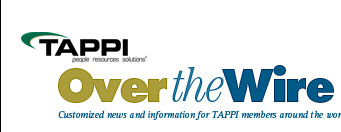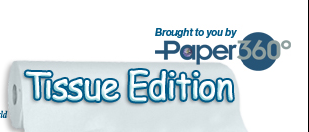Kelheim Fibres Develops First Viscose Fiber with Intrinsic Water Repellent Properties
 Print this article | Send to Colleague Print this article | Send to Colleague
Kelheim Fibres, Bavaria, Germany, reports that it has developed the first viscose fiber with intrinsic water repellent properties. The fiber has been named Olea. In contrast with other methods of creating hydrophobic properties, Kelheim has been able to maintain typical properties of the viscose fiber by incorporating the hydrophobicity in the fiber matrix itself.
Thanks to incorporation of the additive during the spinning process, the hydrophobic effect is durable and cannot be washed out. The additive used for the production of Olea fiber is made of renewable materials, like the fiber itself, and so Olea is a fully biodegradable fiber. While viscose fibers are usually known for their excellent liquid absorption capacity, there are also numerous applications that can benefit from Kelheim's hydrophobic Olea fiber.
"Olea is an environmentally friendly alternative for the cover- and back-sheets of hygiene products—for example nappies, sanitary towels, or incontinence pads. To protect the wearer's skin, these sheets need to remain dry while they facilitate the transport of liquid away from the skin," explains Dr. Philipp Wimmer from Kelheim's R&D team. "Beyond that, our Olea fiber offers advantages for both wearer and environment. The former benefits from the comfort, skin-friendliness, and extra softness of our viscose fiber, and the latter from the fact that Olea enables the production of functional nonwovens made of 100% viscose fibers that are therefore completely biodegradable."
In addition, Olea fibers are suitable for demanding hygiene and food applications as the additive is FDA approved. Kelheim's range of viscose specialties now covers the two poles of absorbency performance—from the hydrophobic Olea fiber to viscose fibers with water retention up to more than 400%—and so offers a comprehensive choice for the nonwovens industry. At the same time, Kelheim Fibres is testing Olea for textile applications. The unique combination of hydrophobic properties and the typical excellent moisture management and wearer comfort of viscose fibers are very promising, especially for sportswear and other functional textile applications, the company says.
   
|
|

